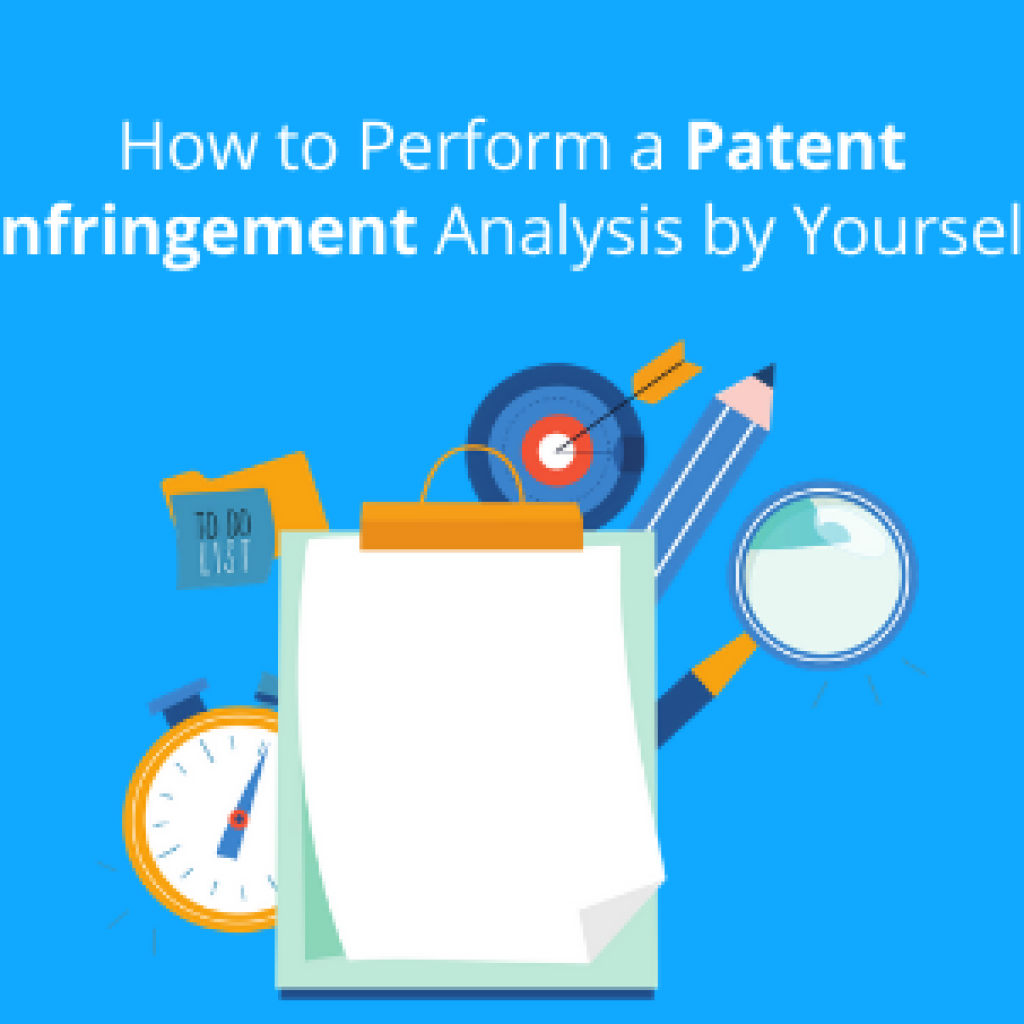“… Intuition is nothing but the outcome of earlier intellectual experience”, Einstein said. Ideas are just a mash-up of already existing information. And what if I tell you with that logic, we conducted a successful patent invalidation search of a recently litigated patent in the US?
Yes, that’s right.
One of our old clients, Sean, a litigator from a top US law firm recently came with an invalidation request. A locally established NPE was suing one of his clients.
The patent in question focused on a catheter that sucks stroke-causing blood clots. Precisely to help suck the bigger clots, the vacuum inside the catheter is moved up and down at a fixed rate, which breaks the clot down in pieces and facilitates their removal.
How did we proceed with the Patent Invalidation Search?
Looking at the kind of features it covers, I started with the standard tool kits that every searcher uses to find a killer prior-art. The classes and keywords.
But as soon as I went through the significant literature, I realized the standard tools are no good in this case. There were a few references used to remove clots. And even fewer ones using a vacuum to suck them out, but none of them looked good enough. As they were not regulating the pressure inside the catheter.
So, I decided to implement our other tried and tested techniques that have helped us solve such cases before.
The unconventional way
For this, I traced the most prominent inventors in the field, collected all their background information (university of graduation, research output, companies that they’ve worked with, and so on), and used that as a lead but to no avail.
These inventors had used things like liquid jets or drugs to dissolve or destroy the clots. Further, some of their devices allowed the user to stop or start the vacuum, but only manually – not at a fixed rate like we needed – another dead end to the patent invalidation search.
The next strategy was to track down the problem the patent was solving. So rather than searching for the invention, I started to search for all the patents that are solving the same problem.
I discussed with the team why there was a need for such a concept in the first place and what problem it is targeting.
Here, we noticed that the invention was breaking down the bigger clots by varying the pressure. Most importantly, it did that without them being problematically released back into the blood vessels before being vacuumed out.
I specifically searched around this problem, hoping that some other inventor must have arrived at a similar solution. To my dismay, the other solutions included breaking the clots with cutters, or ultrasonic waves, or removing the catheter with the clot stuck on its tip. The patents I was coming across were using objects such as filters or balloons to avoid unwanted release. None of these were even close to the subject patent.
Now, the question was – What should we tell Sean? Should we just share our observations with him, close the case, and move on? But that has never been an option at GreyB.
Exasperated now, I shouted. “What the heck is this patent about?” And then I repeated the question, “what is this patent about?” It was then that I realized that I should be looking for the underlying concept behind the invention, instead of thinking about how the concept might have been worded. Minus all the decorative/functional appendages, this seemed like a much simpler idea to deal with!
All I needed was a catheter that has a controllable vacuum.
With this insight, I continued my patent invalidation search. This time focusing on the concept, instead of just the claim elements. As soon as I started searching on these terms, the significance of the hits increased. I persisted, chasing after each broad hit that involved vacuum control. I knew I was on to something this time, and soon enough, I found what I was looking for.
Complete clot ingestion with cyclical ADAPT increases first-pass recanalization and reduces distal embolization

How was this helpful? The authors here had not only designed a catheter system that could suck out a clot using a controlled vacuum, but they had also regulated (increased and decreased) this vacuum at a cyclic rate, which fitted right into our subject invention!
Further, they had also mentioned that varying the vacuum at a particular frequency would greatly reduce the unwanted release of the clots back into the vessels – a key problem solved by the patent in question.
This reference perfectly described the underlying concept behind the subject invention. I immediately knew this was good.
“…It could be easily combined with a complimentary reference depicting the rest of the features.“, I shared our results with Sean.
And here’s what he had to say about this result, “The art is on point for our purposes and we will be using it as our key prior art. You found a lot of great art that is very helpful to us.”
To sum it up
Of course, 102 is ideal in a patent invalidation search. But, sometimes what you need is a strong argument. That’s what we were able to provide in this case.
For this case, hacking into the concept and using investigative approaches helped us produce a strong argument for our client. Want to know more? Click here.
Authored By: Najeeb Chodankar, Prior art Team.










